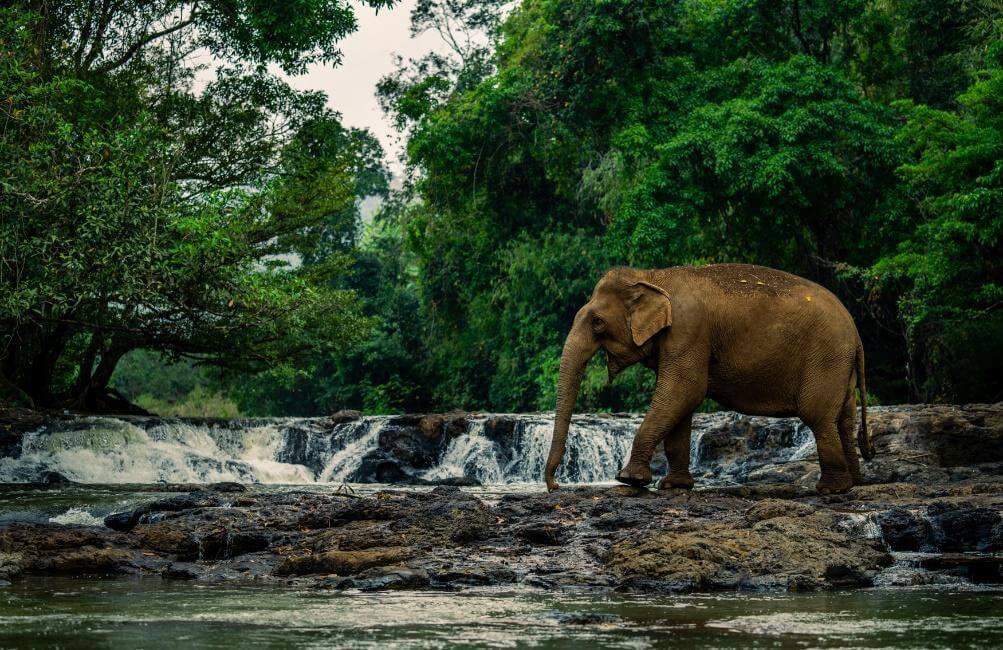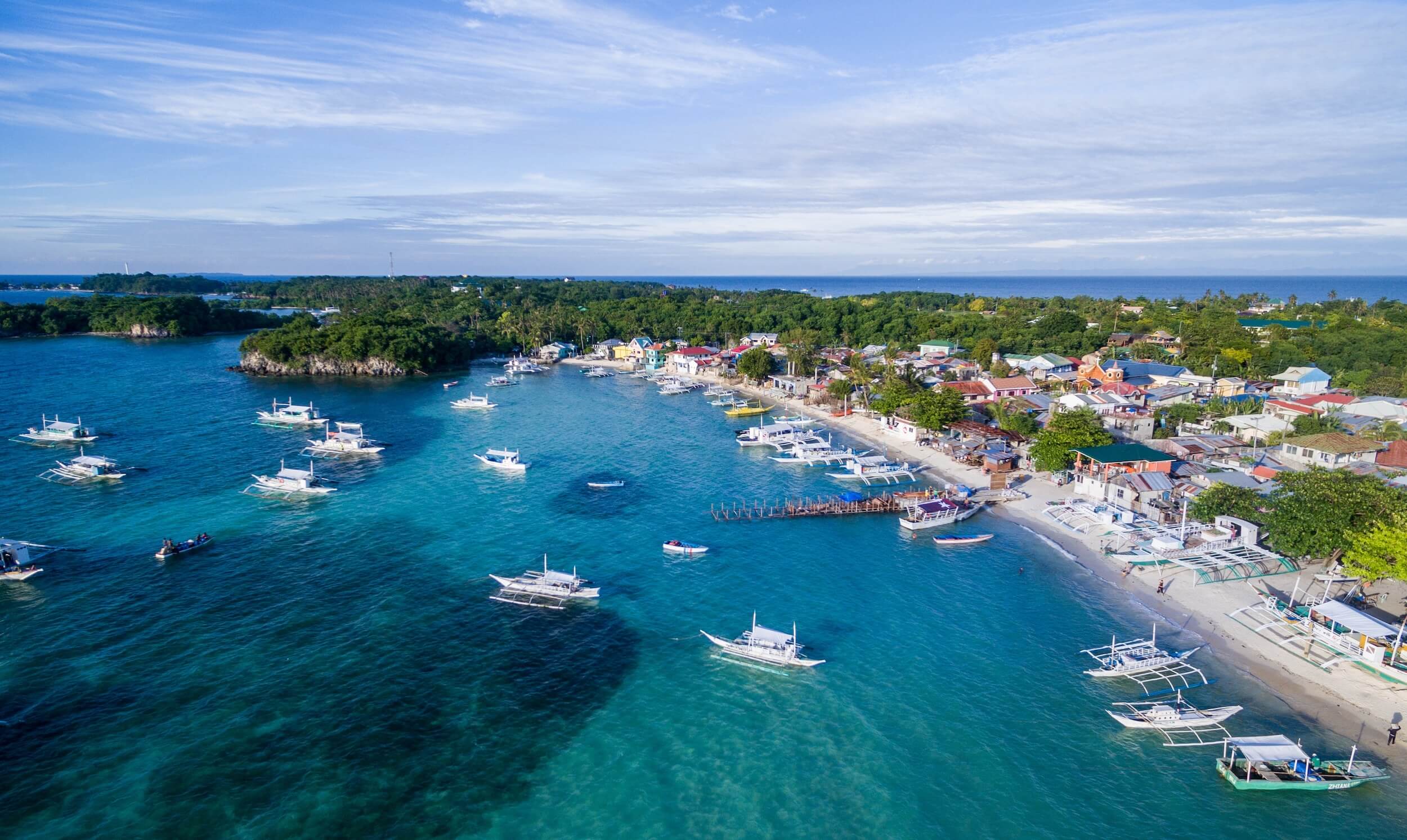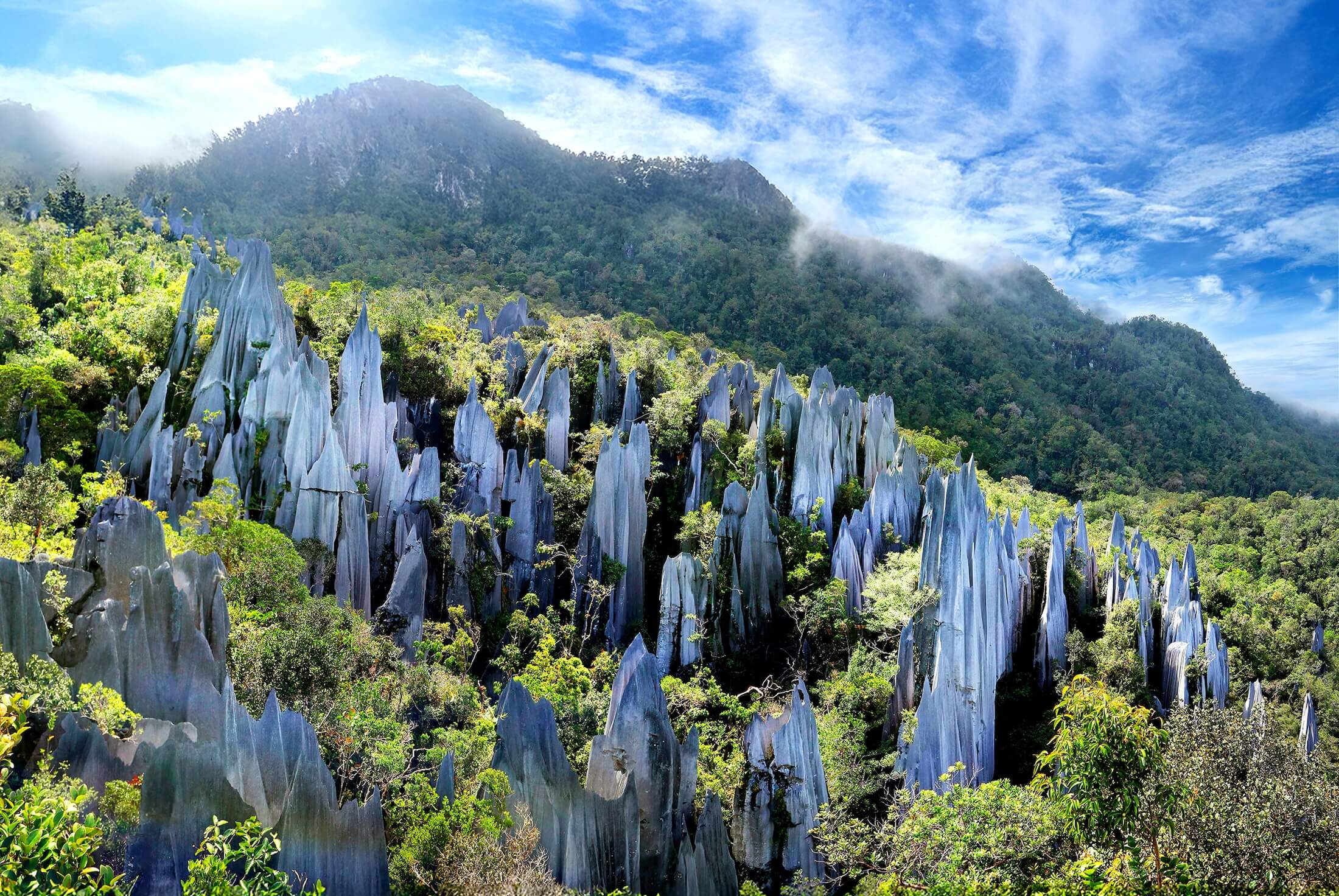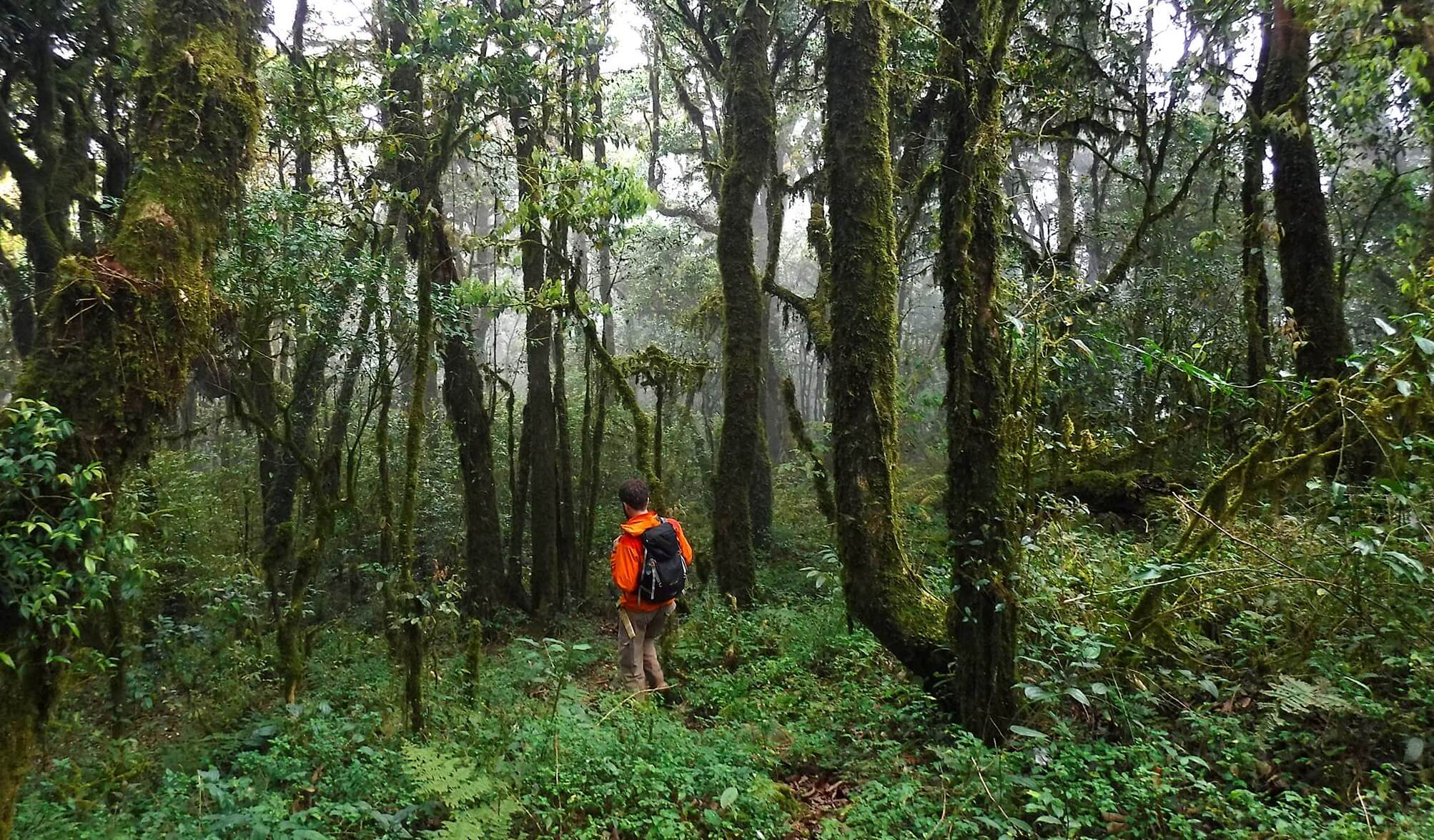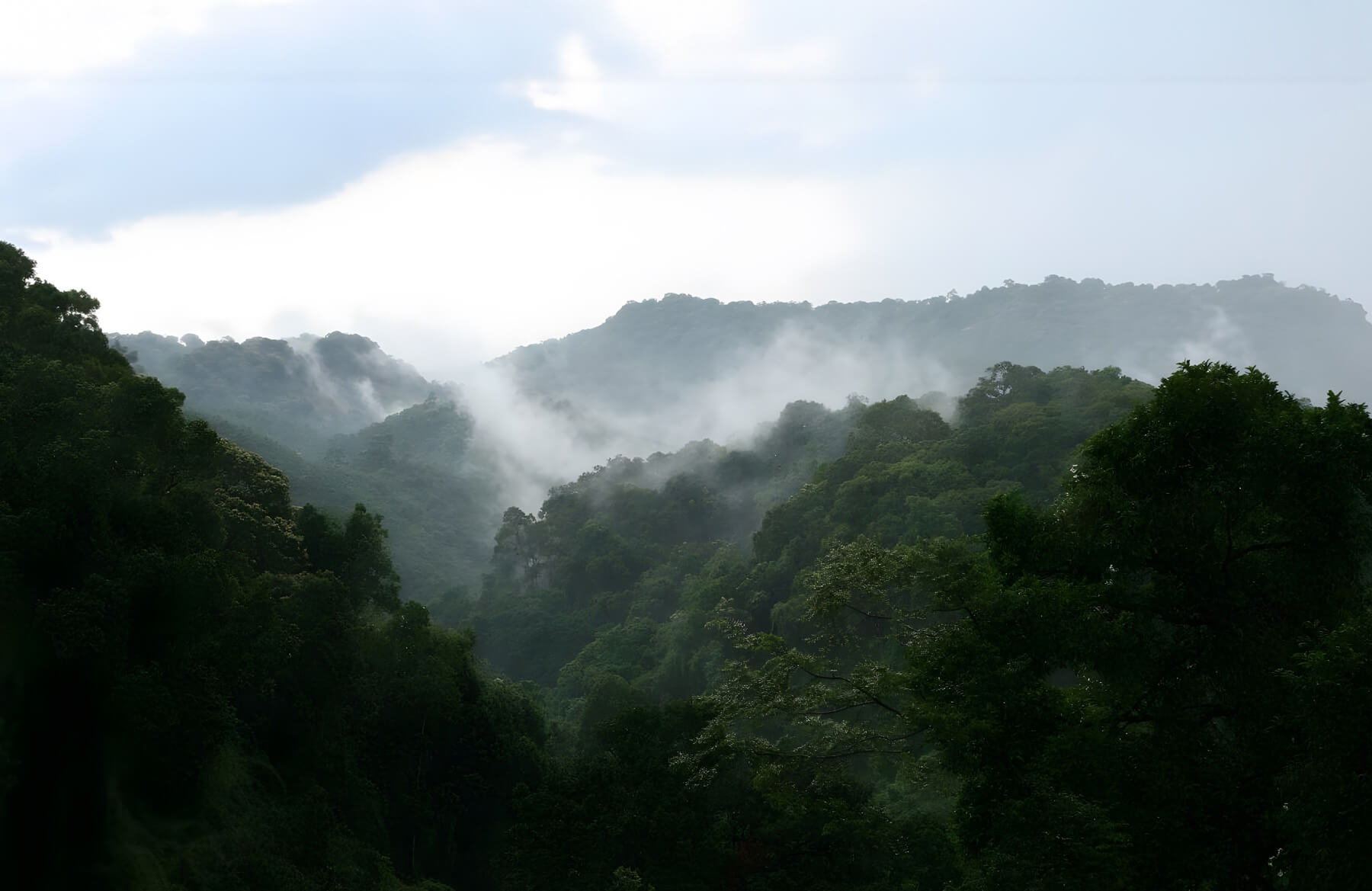








The COVID-19 pandemic offered a bitter lesson, disrupting the social and economic order globally. Nature-based solutions offer an opportunity to bring transformational change to Southeast Asia.
In response to the unprecedented challenges posed by the pandemic, ASEAN has pledged to rebuild not only shattered economies but also to shape a sustainable and interconnected future. Recognising the inextricable link between human health and the environment, ASEAN is committed to integrating nature-based solutions (NbS) into its recovery process and sustainable development strategies. This commitment is demonstrated in the strategy and implementation plan outlined in the ASEAN Comprehensive Recovery Framework (ACRF), adopted at the 37th ASEAN Summit in 2020.
In recent years, various definitions of NbS have surfaced. It was only at the 5th United Nations Environment Assembly (UNEA) meeting held in February 2022 in Nairobi that consensus was reached on the definition of NbS as: “actions to protect, conserve, restore, sustainably use, and manage natural or modified terrestrial, freshwater, coastal, and marine ecosystems that effectively and adaptively address social, economic, and environmental challenges while simultaneously providing human well-being, ecosystem services, resilience, and biodiversity benefits.”
The COP28 decision in Dubai encourages all parties to accelerate the use of ecosystem-based adaptation and nature-based solutions to reduce climate impact on the ecosystem through management enhancement, restoration and conservation, and the protection of terrestrial, inland water, marine and coastal ecosystems.
Nature-based solutions are based on the premise of sustainable deployment of natural capital. From the local, national, and regional levels, implementing NbS offers a transformative opportunity to contribute to preserving and restoring the natural capital. The recent report titled Investing in Sustainable Natural Capital in ASEAN defines natural capital as “the stock of resources and ecosystem.” It covers renewable natural ecosystems and their biodiversity and resources, such as forests, water and farmland, and non-renewables, such as minerals. Natural capital provides benefits in goods and services, such as food, water, and energy. It also acts as the ecosystem support for natural disaster mitigation, carbon sink, and ecotourism opportunities.
Southeast Asia, in particular, has relied on these benefits for years, underscoring the importance of NbS. The region, home to 600 million people, is blessed with biodiversity, dense rainforests, abundant mangrove forests, and numerous coral reefs.
The abundance of natural capital in the region underpins much of ASEAN’s prosperity. According to the report, Investing in Sustainable Natural Capital in ASEAN, it was estimated that 30 per cent of the wealth of the Asia Pacific region comes from natural capital, while in high-income countries, only 2 per cent of wealth is derived from natural capital. However, according to the World Resource Institute, the region loses at least 1.2 per cent of its forests annually. It is projected to lose up to 42 per cent of all species by the end of this century.
Natural capital provides benefits to the people and economies of ASEAN and is integral to achieving the Sustainable Development Goals (SDGs). Beyond its contribution to climate management and biodiversity, the report states that natural capital is crucial in tackling societal challenges in ASEAN, such as food security, sustainable agriculture, clean energy, health, and well-being.
In recognition of NbS’ pragmatic and transformative approach, ASEAN Member States have incorporated these nature-based solutions into their key policies.
NbS within the ASEAN framework
NbS is an integral part of the Paris Agreement and play a prominent role in the nationally determined contributions (NDCs) of countries, including the ASEAN Member States. Most ASEAN Member States highlight the role of NbS in their updated NDCs in the mitigation and adaptation actions, according to the Study on Nature-Based Solutions in ASEAN.
The report conducted jointly by ASEAN and GIZ reveals that all of the ASEAN countries, except the Philippines and Thailand, underscore the significance of NbS in their climate adaptation strategies. These include water management and agricultural resources, coastal restoration, and ecosystem-based disaster risk reductions.
Meanwhile, all ASEAN Member States acknowledge the crucial role of NbS in climate mitigation strategies, mostly through programmes such as Results-based Payment from Reducing Emissions from Deforestation and Forest Degradation (REDD+), social forestry, and promoting forest landscape restoration. The countries have incorporated NbS in land use, land-use change, and forestry (LULUCF) through forest and peatland restoration and conservation of nature or indigenous wildlife.
ASEAN emphasises the importance of promoting NbS in its Comprehensive Recovery Framework to respond to the pandemic and the region’s sustainability challenges. Both the framework and NbS recognise the need to advance towards a more sustainable and resilient future. The paradigm shift will require ASEAN governments, businesses, and civil society to work collectively to enable systemic change in the region to achieve this future.
Natural capital is finite, and damages to it are often irreversible. Unsustainable practices in the food sector, for instance, can lead to food insecurity in the ASEAN community. At the same time, biodiversity loss can give rise to other diseases and pandemics in the future. The framework encourages ASEAN Member States to promote NbS to increase the region’s resilience by addressing sustainable use and management of natural resources, supporting the circular economy in the region.
The ASEAN Member States have likewise incorporated NbS into national-level policy frameworks. For example, Indonesia relies on its Social Forestry Program to address intricate cross-sectoral challenges, such as poverty, forest degradation, clean water, and tenurial conflicts. Meanwhile, Malaysia’s Forestry Policy is designed to address forestry and biodiversity conservation issues.
Further, Myanmar has started implementing its new National Environment Policy, while Viet Nam has revised its Forestry Law, Biodiversity Law, and Forestry Sector Development Strategy 2021–2030 with a vision until 2050.
At the international stage, ASEAN endorses using NbS to address climate change. The ASEAN Joint Statement on Climate Change to the UNFCCC COP28 calls upon countries to improve adaptation and reduce vulnerability by implementing NbS and ecosystem-based approaches. Moreover, the Statement reaffirms ASEAN’s commitment to sustainable forest management and social forestry development.

Lessons from the field
One noteworthy example of NbS practice is the KEO Seima Wildlife Sanctuary REDD+. This sanctuary in Mondulkiri and Kratie provinces in eastern Cambodia covers 167,000 hectares of protected dense forest and a 297,000-hectare buffer zone. It is home to 75 endangered wildlife species, including the iconic Asian elephant and other primates like the Black-shanked douc.
As one of the largest REDD+ programmes in the country, Keo Seima is estimated to store 17.4 million tons of CO2 emissions over the next 10 years. It is also home to 13,000 indigenous Bunong people scattered among 20 villages.
According to Cambodia’s Ministry of Environment, the Keo Seima Wildlife Sanctuary has the most mixed biodiversity among the natural protected areas of Cambodia. Cambodia currently has 7.3 million square hectares of protected areas, equivalent to 41 per cent of the country’s land area. The Cambodian government ran a carbon credit scheme and sold approximately 11.6 million US-dollar-worth of credits from 2016 to 2020.
The head of Keo Seima Wildlife Conservation Society REDD+, Chhay Kimheak, mentioned that the sanctuary sold 600,000 US dollars in carbon credits in 2022 and expects this to increase to 1 million US dollars in 2023.
“The budget has been shared among 20 villages based on their contribution to natural resource protection,” said an article in the Phnom Penh Post.
Another example is how Viet Nam is making strides in NbS implementation and improving the resilience of vulnerable coastal communities. The country had lost 150,000 hectares of mangroves until 2019 because of war, degradation, and deforestation, which disrupted the livelihoods of local communities dependent on these ecosystems. Annually, approximately 60,000 houses in coastal provinces are destroyed or damaged by floods and storms.
To overcome this challenge, the government of Viet Nam proposed a five-year project for improving the resilience of vulnerable coastal communities to climate change. The project, which began in 2017, has three main targets: building 4,000 storm and flood-resilient houses with mezzanine and reinforced roofing, planting/rehabilitating 4,000 hectares of mangroves, and increasing access to climate and disaster data/risk information. All of these targets were successfully achieved.
“Project houses proved highly successful during the 2020/2021 storm season,” the project report stated.
Further, planting and rehabilitating 4,000 mangroves contributed to reducing GHG emissions and benefited more than 1,600 households. This support encompassed various livelihood assistance, including raising poultry like chickens and ducks and cultivating new agricultural produce, such as organic potatoes.
Strengthening the NbS roles in ASEAN
NbS has played a pivotal role in managing natural capital sustainably and in achieving the domestic and international policy targets of ASEAN Member States. Different activities related to NbS measures have been implemented in the region. However, NbS must become an organic part of strategies and planning processes and part of laws and regulations. While most countries have incorporated NbS in their policy framework, it is crucial to harmonise those policies. Lack of national and sub-national political support will hamper the NbS’s upscaling progress and fail to attract multi-sector contributions.
Moreover, technical and financial development cooperation is essential to upscale NbS. Countries need continued support in regional and national coordination, knowledge management, and exchange of best practices.
Meanwhile, significant demand for targeted technical and capacity-building means that ASEAN Member States should be supported in monitoring and measuring NbS impacts and implementing additional fundraising efforts. Although there are various public funding sources, these resources could be improved in their capacity. Without significant investments, the potential benefits of NbS cannot be realised.
NbS provide significant investment opportunities for the private sector. Meanwhile, many NbS projects funded by public investment fail to reach the commercialisation phase. The private sector needs to jump into the long-term NbS investment strategies, which include risk mitigation, portfolio diversification, and exit plans. It is also crucial to align investments with development cooperation programmes to avoid pitfalls and reduce risks. To ensure a common understanding and shared priorities among the public sector, private entities, banking and financial institutions in planning and budgeting NbS projects, there is a need to mainstream the knowledge for all the actors.
Many NbS initiatives, encompassing climate mitigation and adaptation strategies implemented in ASEAN Member States, have yielded positive outcomes. It is crucial to mainstream future strategies to invest further in NbS in their respective sectors for better, cleaner, greener and sustainable ASEAN.
